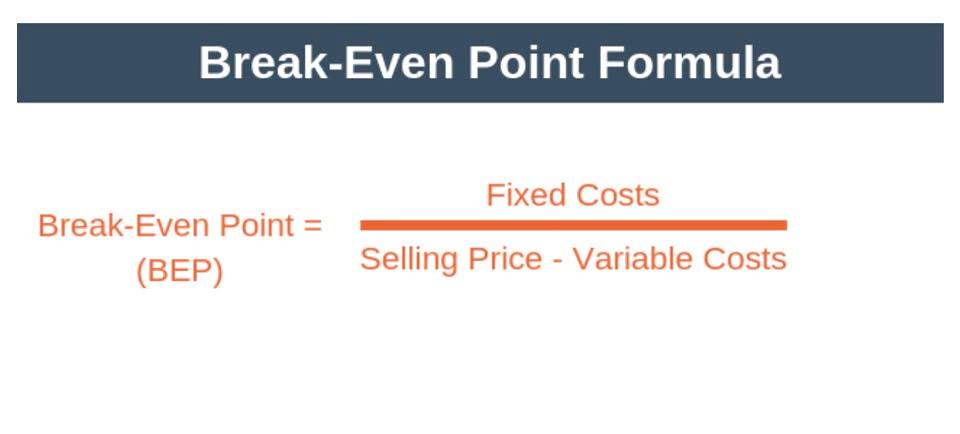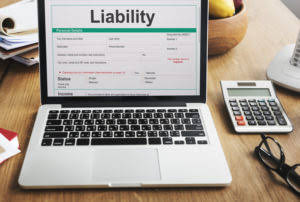If a company has delivered products or services but not yet received payment, it’s an account receivable. So, if a company takes out a loan, it would credit the Loan Payable account. Accounts receivable (AR) are the balance of money due to a firm for goods or services delivered or used but not yet paid for by customers.
BWW estimates that 5% of its overall credit sales
will result in bad debt. In other words, when you buy on credit, it affects your A/P, and when you sell on credit, it affects your A/R. Lenders may want to know, so that they can estimate an average possible funding requirement. It may also be useful for the general estimation of budgeted working capital levels.
Are the Accounts Receivable Current or Non-assets?
Get instant access to video lessons taught by experienced investment bankers. Learn financial statement modeling, DCF, M&A, LBO, Comps and Excel shortcuts. In our illustrative example, we’ll assume we have a company with $250 million in revenue in Year 0. Suppose an electronic components supplier received an order from a manufacturer. The manufacturer placed an order and the requested components were delivered based on the purchase agreement. Harold Averkamp (CPA, MBA) has worked as a university accounting instructor, accountant, and consultant for more than 25 years.
Accounts receivable are an important aspect of a business’s fundamental analysis. Accounts receivable are a current asset, so it measures a company’s liquidity or ability to cover short-term obligations without additional cash flows. Although each account has a normal balance in practice it is possible for any account to have either a debit or a credit balance depending on the bookkeeping entries made. For example, say a plumber is called to repair a busted pipe at a client’s house. Once the plumber completes the job, they give the invoice of $538 to the customer for the completed job. That customer’s bill of $538 will be recorded by the plumber as accounts receivable while they wait for the customer to pay the invoice.
Are Accounts Receivables Asset or liability? What is its normal balance?
The balance sheet method (also known as the
percentage of accounts receivable method) estimates bad debt
expenses based on the balance in accounts receivable. The method
looks at the balance of accounts receivable at the end of the
period and assumes that a certain amount will not be collected. https://gubkin24.ru/economics/132532-novyy-seminar-brayana-treysi-iskusstvo-upravleniya.html Accounts receivable is reported on the balance sheet; thus, it is
called the balance sheet method. The balance sheet method is
another simple method for calculating bad debt, but it too does not
consider how long a debt has been outstanding and the role that
plays in debt recovery.
For reference, the chart below sets out the type, side of the accounting equation (AE), and the normal balance of some typical accounts found within a small business bookkeeping system. Typically, accounts receivables are due in 30 to 60 days and are considered overdue past 90. The following table
reflects how the relationship would be reflected in the current
(short-term) section of the company’s Balance Sheet. The first entry reverses the bad debt write-off by increasing
Accounts Receivable (debit) and decreasing Bad Debt Expense
(credit) for the amount recovered.
Average Receivables for a Seasonal Business
But when your A/R processes are lagging—particularly those efforts tied to credit monitoring and evaluation—knowing which potential buyers you can trust to pay may prove challenging and will limit potential sales. Conversely, with the right policies in place, you can recognize safer bets that you might have previously overlooked. To free up cash flow and increase http://ndgames.ru/nazvany-naibolee-zavisimye-ot-tyrizma-strany the speed at which they can access funds, many companies offer an early-pay discount on longer A/R balances to try to get their clients to pay them sooner. A company that sells products on credit, meaning before it gets paid, sets terms for its A/R. The terms include the number of days clients have to pay their bills before they will be charged a late fee.
Record journal entries of the above transactions in the books of XYZ Ltd. Chartered accountant Michael Brown is the founder and CEO of Double Entry Bookkeeping. He has worked as an accountant and consultant for more than 25 years and has built financial models for all types of industries. He has been the CFO or controller http://www.oko.by/3818-stavka-refinansirovanija-v-rf-uvelichitsja-do-13.html of both small and medium sized companies and has run small businesses of his own. He has been a manager and an auditor with Deloitte, a big 4 accountancy firm, and holds a degree from Loughborough University. Generally, collecting a balance too quickly can put undue stress on clients with good standing.


